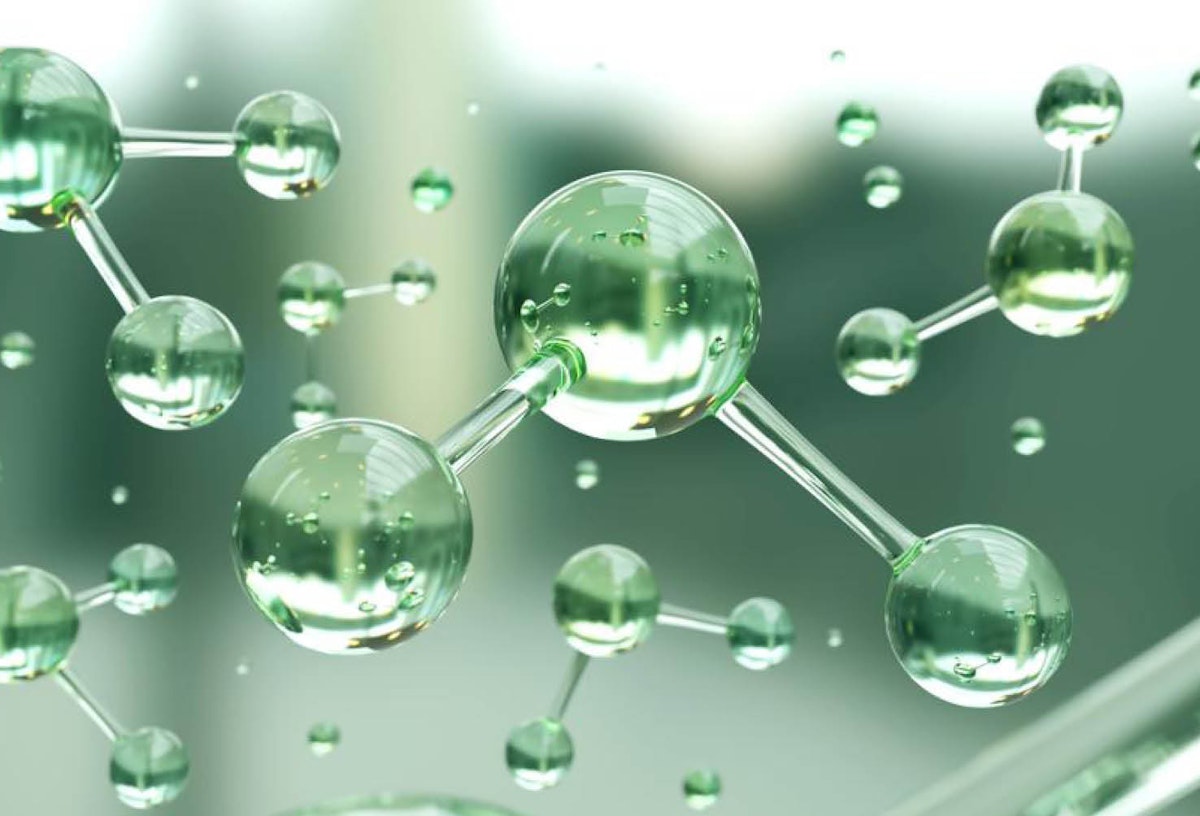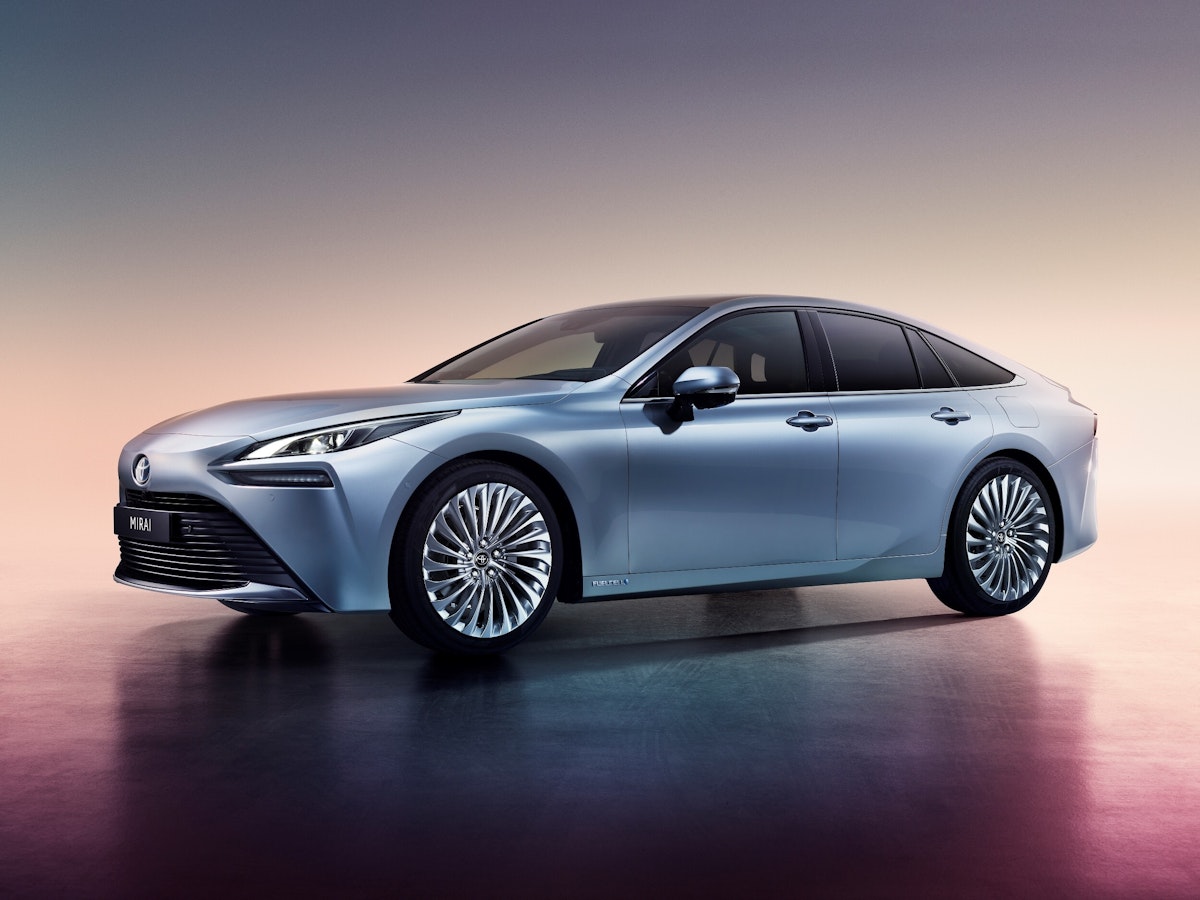
Words by Soda Team
11 Dec 2020
Hydrogen power: a new green revolution?
In his speech on the planned economic recovery, the prime minister said hydrogen technology is an area where the UK leads the world. He hopes it’ll create clean jobs in the future. But is the hydrogen revolution hope or hype? Back in the early 2000s, backers of hydrogen thought it would dominate the clean automobile market, however this hasn't necessarily transpired. In our latest piece the SODA team take a look into the fuel which could assist a new green revolution in 2021.

Offshore wind can be used to generate hydrogen
Subscribe To Our Newsletter
Catch up on all the latest news from State Of Design Affairs right in your inbox.
Green hydrogen
Scottish homes are soon to be the first worldwide to replace fossil fuel gas with 100% green hydrogen energy. The zero carbon hydrogen, made using renewable energy and water, will be utilised in some 300 homes in the Fife region via newly installed hydrogen boilers, heaters and cooking appliances free of charge.
This is all down to a four-year trial pioneered by a British gas distribution company SGN, who have been financially backed to the tune of £18 million by energy regulator Ofgem, whilst the Scottish government themselves have contributed just short of £7 million.
Green hydrogen is of course a central aspect of the UK government’s 10-point plan and it is hoped this test - the largest of its kind thus far - will be a key step towards identifying the reduction of carbon emissions through hydrogen to be a significant step towards achieving Britain’s climate targets.

ENV motorcycle
The envy of motorcycles
Hydrogen fuel isn’t necessarily a new technology, although over this years it has become a whole lot more efficient. In fact one of the first consumer vehicles to capitalize on hydrogen fuel was the ENV motorcycle built by design and innovation agency Seymourpowell in 2005. The motorbike had its own on board electricity generating station in the form of a hydrogen fuel cell. In basic terms, the bike mixes the fuel on board the bike (hydrogen) with oxygen in the fuel cell to make electricity on demand that ultimately propels the vehicle in the conventional manner.
One of the greatest benefits of a fuel cell is that it never runs down, so long as it’s regularly fed with hydrogen. This did however lead to a problem, in that when the ENV was released there was no hydrogen infrastructure to speak of. Today the story is a little different, with a number of government supported activities to expand hydrogen fuel infrastructure are ongoing in the US state of California, in some member states of the European Union (most notably in Germany) and in particular in Japan. We are however still a long way from seeing universal hydrogen stations across the country and until this changes, hydrogen powered motorcycles will largely remain a curiosity, albeit a technologically fascinating one.

2021 Toyota Mirai
Making it affordable
Hydrogen-powered cars aren’t exactly novel either. Toyota kick-started the trend back in 2014 when unveiling the Mirai, causing much scepticism across the automotive industry. Elon Musk even dismissed hydrogen fuel cells as “mind-boggingly stupid”. Yet, we’ve come a long way since 2014, and hydrogen is undoubtedly a fundamental key to unlocking a more sustainable future.
Once again leading the way in eco-friendly automotive technology, Toyota are now offering consumers a more affordable hydrogen-powered vehicle in the second generation Mirai. Unveiled this week, the new car has a sleeker design and a longer range of up to 850 kilometers in a single charge. In part enabled by government subsidies, the new Mirai is cheaper than before, and far easier to produce, taking 66% less time to make than the first generation product. Toyota executives see this new offering as an essential catalyst in shifting perceptions around the availability and accessibility of hydrogen-powered vehicles, paving a more viable path towards decarbonisation.

Airbus ZEROe line
Hydrogen takes flight
Aircraft manufacturer Airbus are hoping to create the first climate-neutral, zero-emission commercial aircraft with the help of three concept designs in their ‘ZEROe’ line. The new designs, which will form the line, include a turbofan aircraft with a range of 2,000 nautical miles, a modified gas-turbine engine running on hydrogen and capacity for 200 passengers. Airbus have stated that the only emissions from these designs would be water and they hope they will be in the skies by 2035
A propeller powered aircraft that can carry 100 passengers and a blended wing aircraft that would be able to carry 200 people and have a range of up to 2,000 nautical miles is also part of the line-up
Commercial aviation contributes around 2% of all global carbon emissions and that figure has been rising for some time, which has led to aviation designers experimenting with more fuel efficient aircraft such as these hydrogen based models as well as electric designs intended for short trips. However it is clear that not only do the designs of the crafts themselves need to be re-thought to accommodate hydrogen as a fuel source, but airport infrastructure itself would also need to be re-structured in order to support hydrogen refuelling.
- Words by The SODA team






